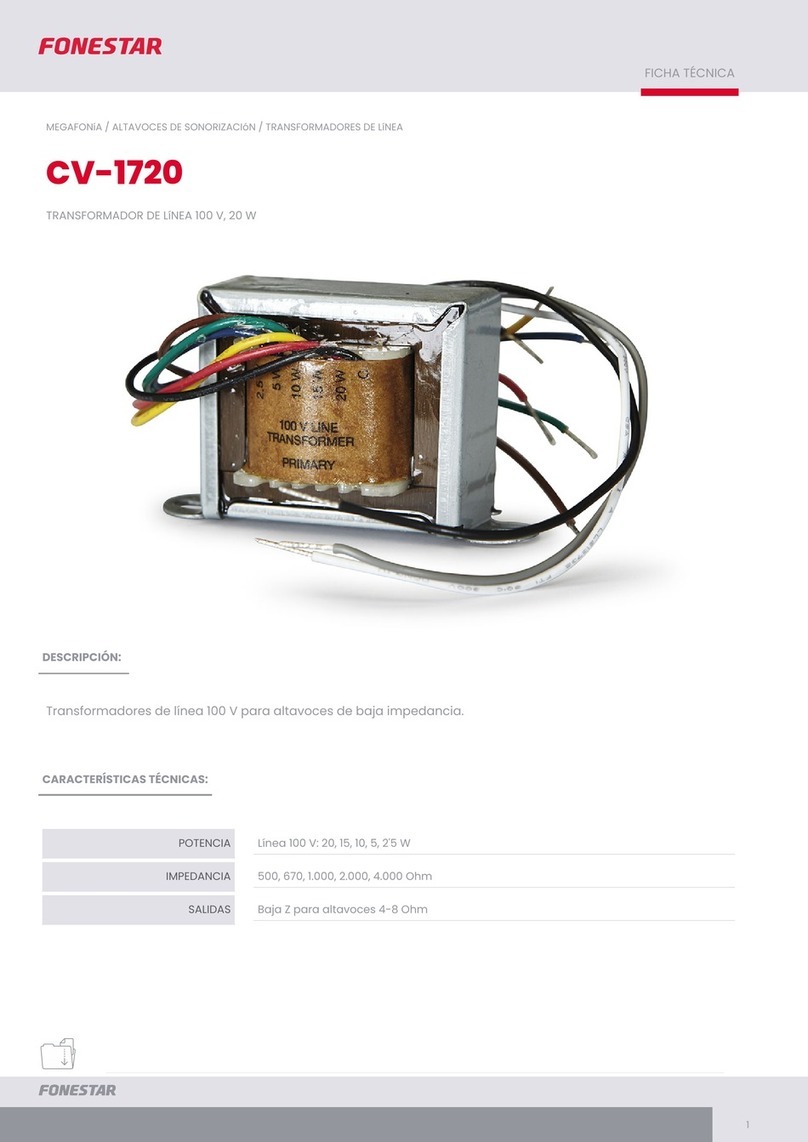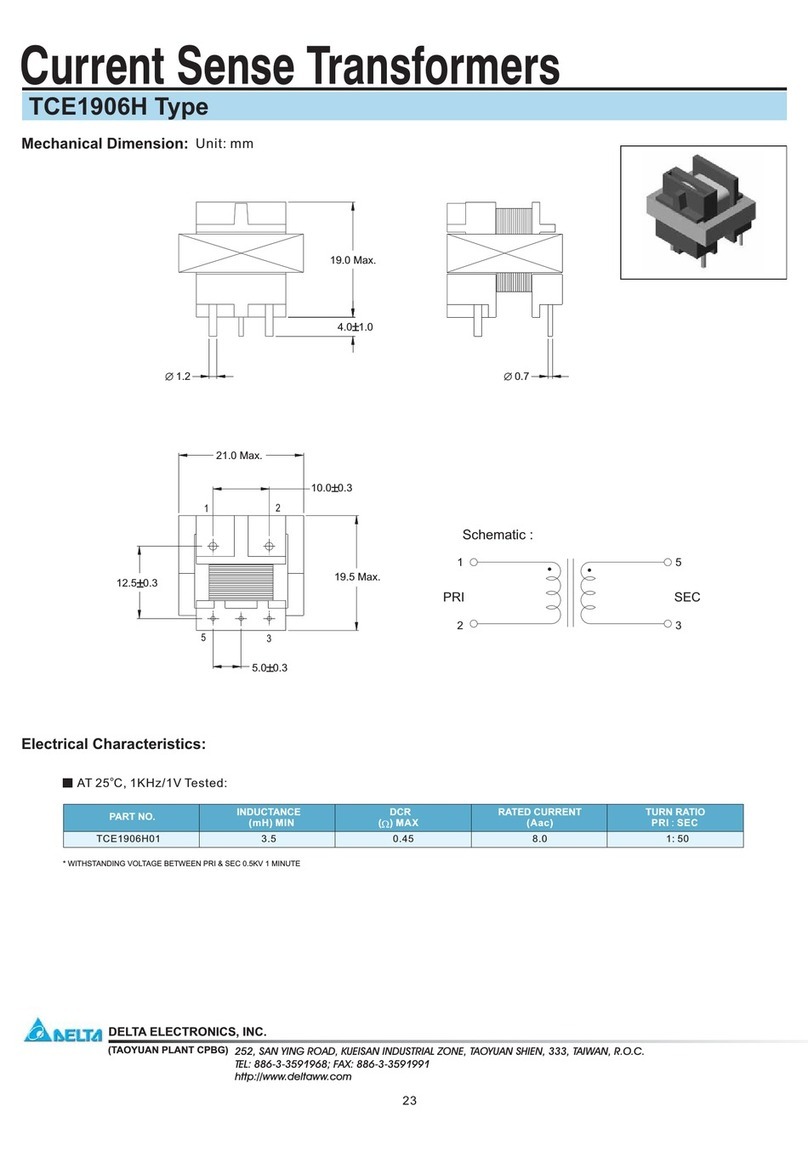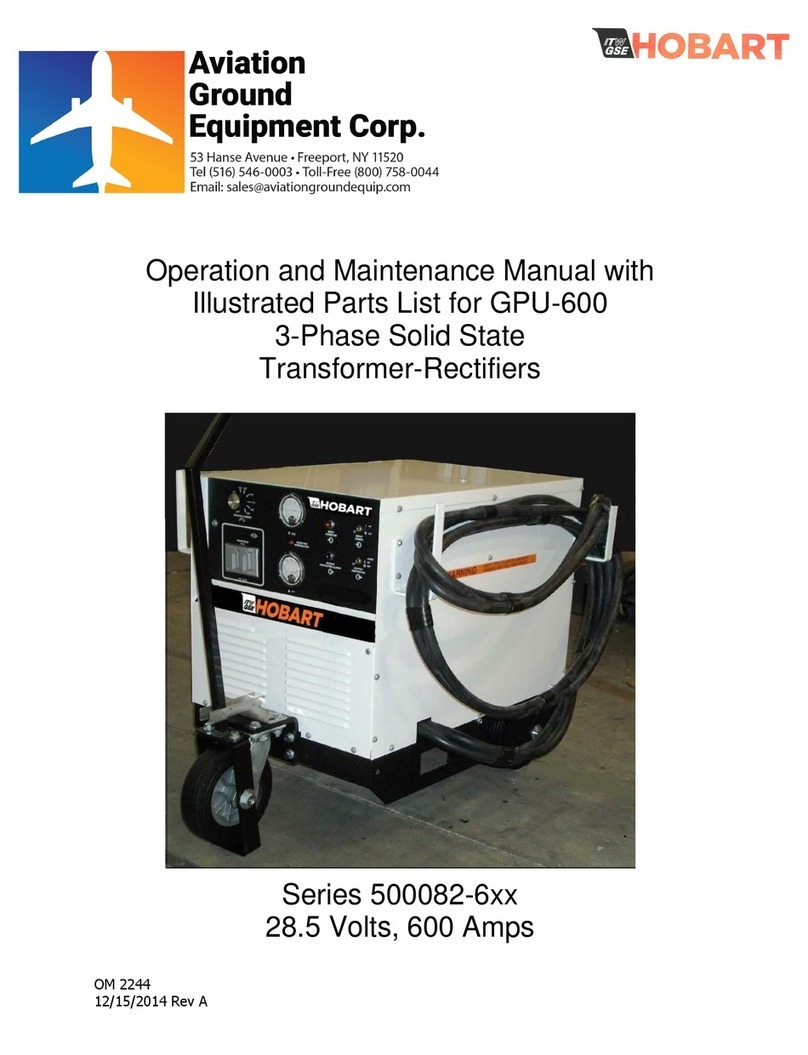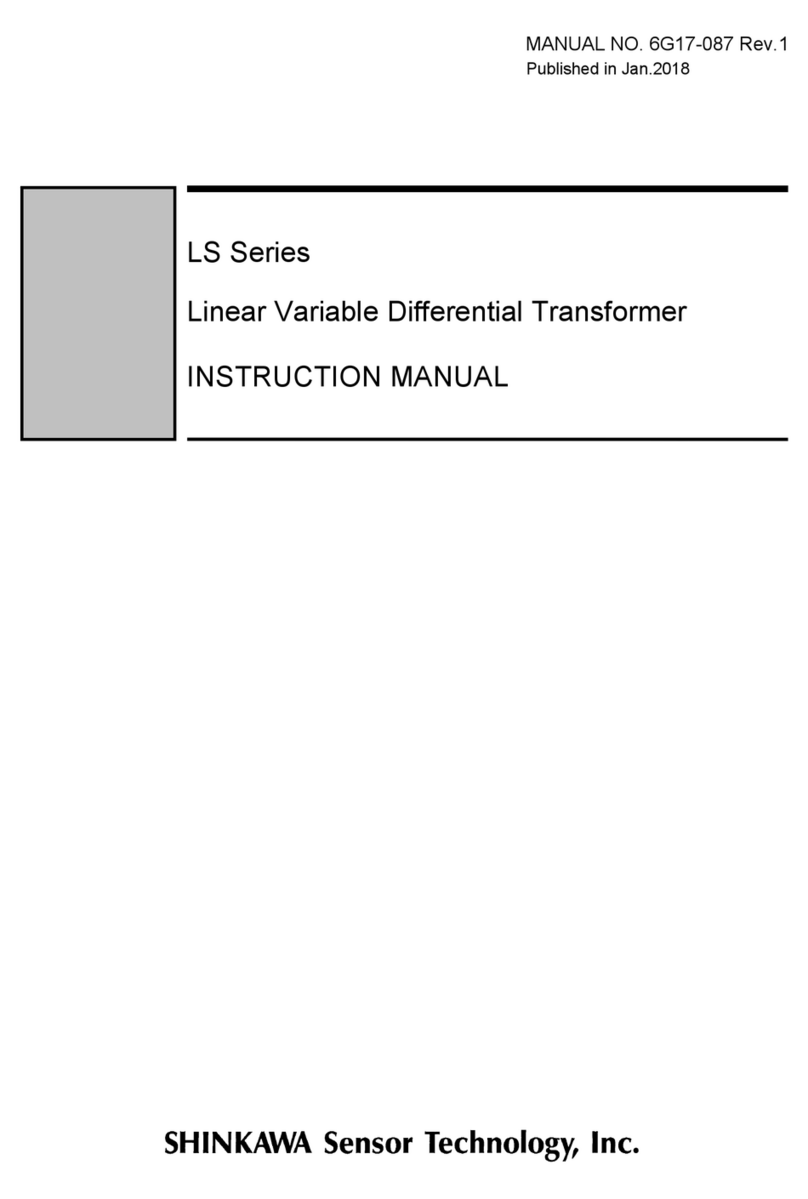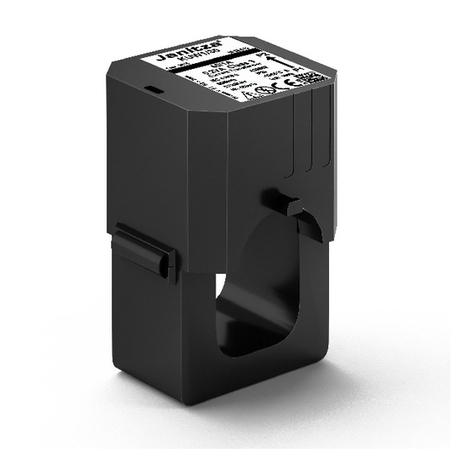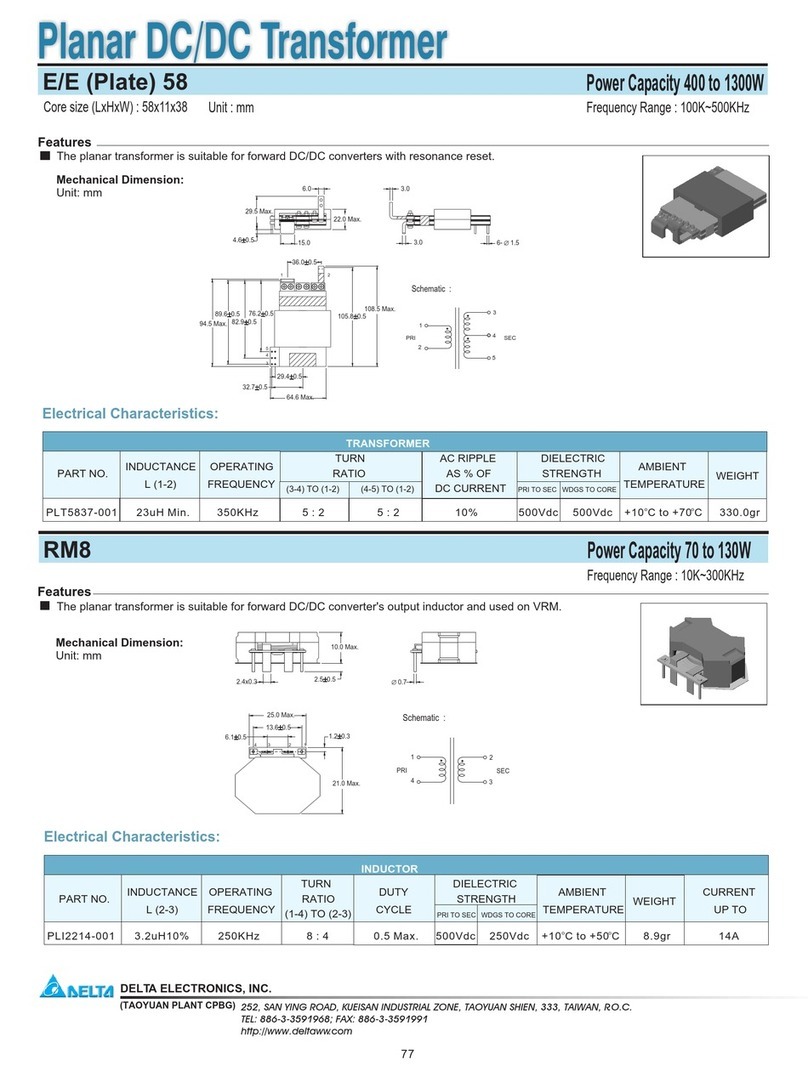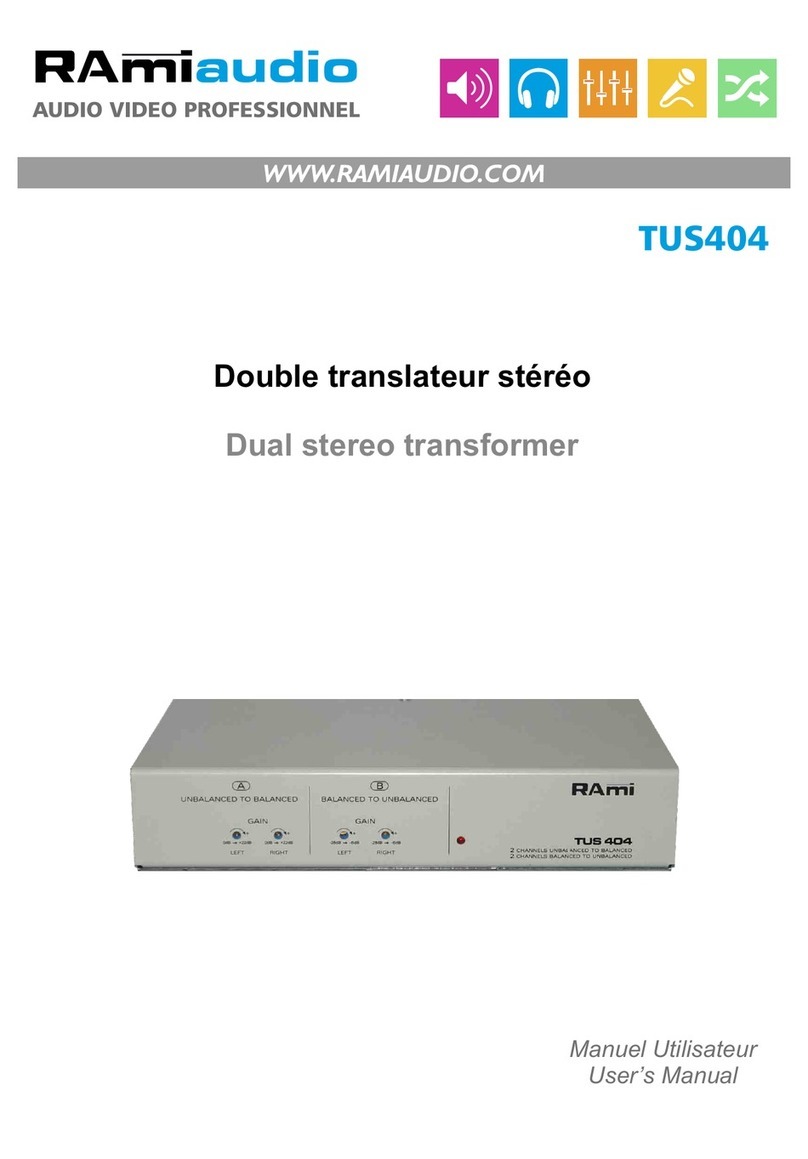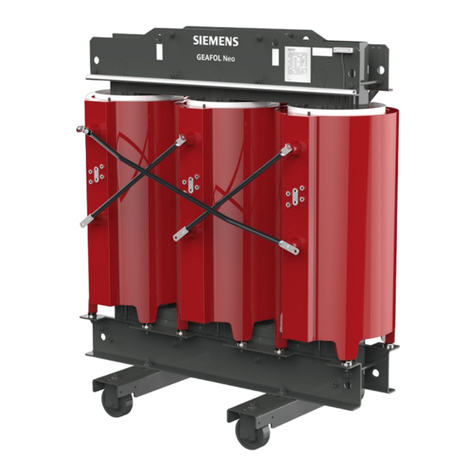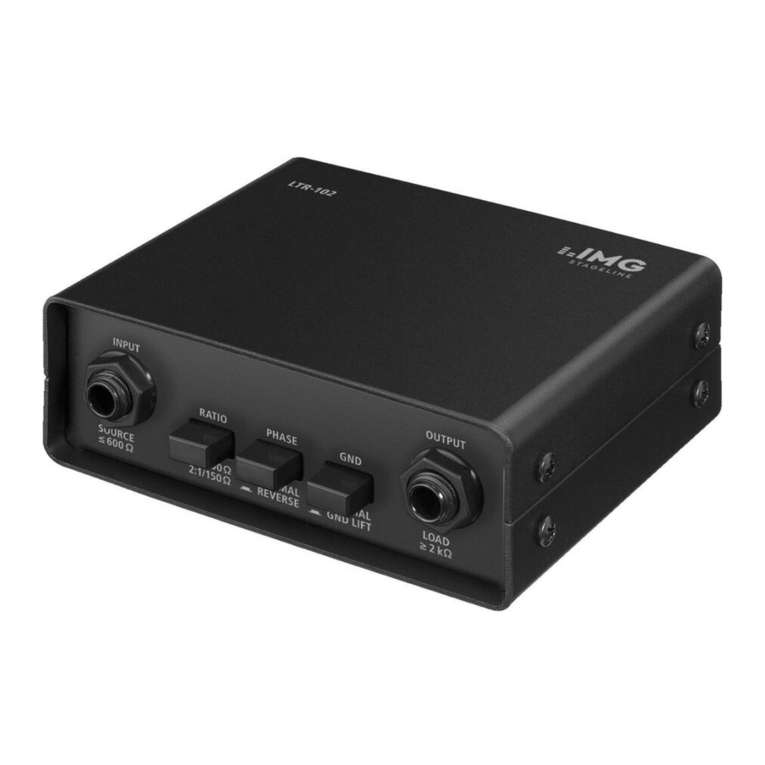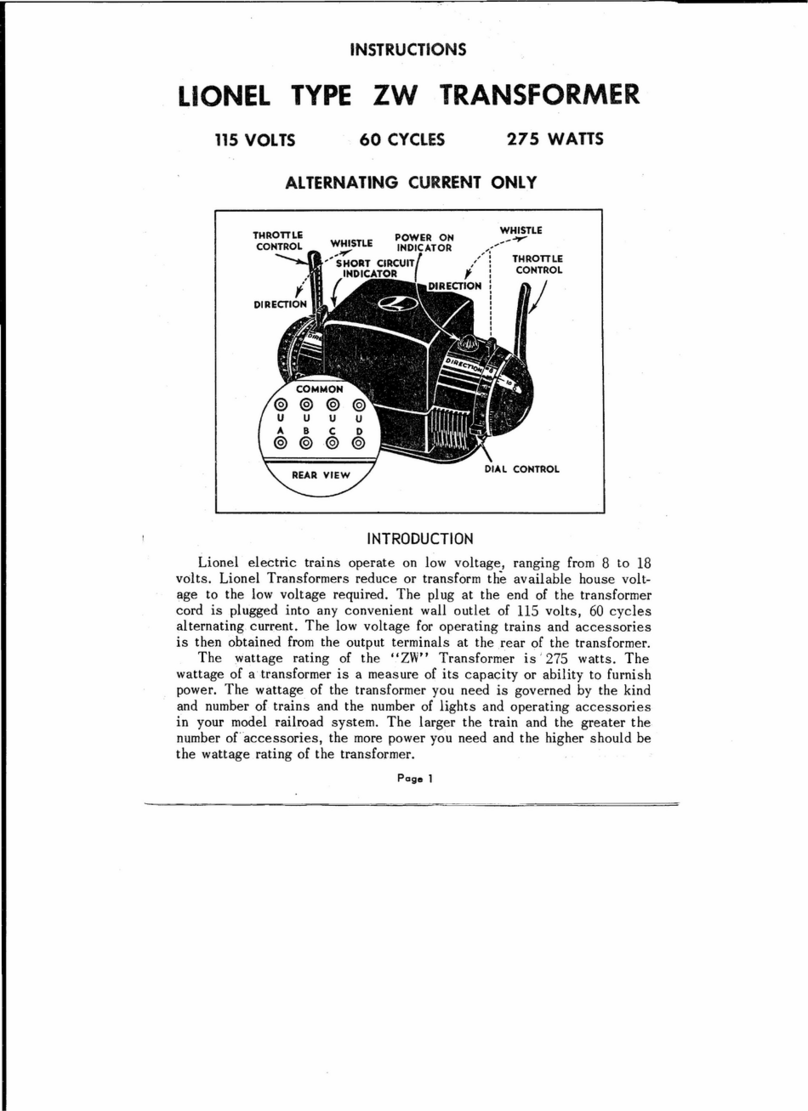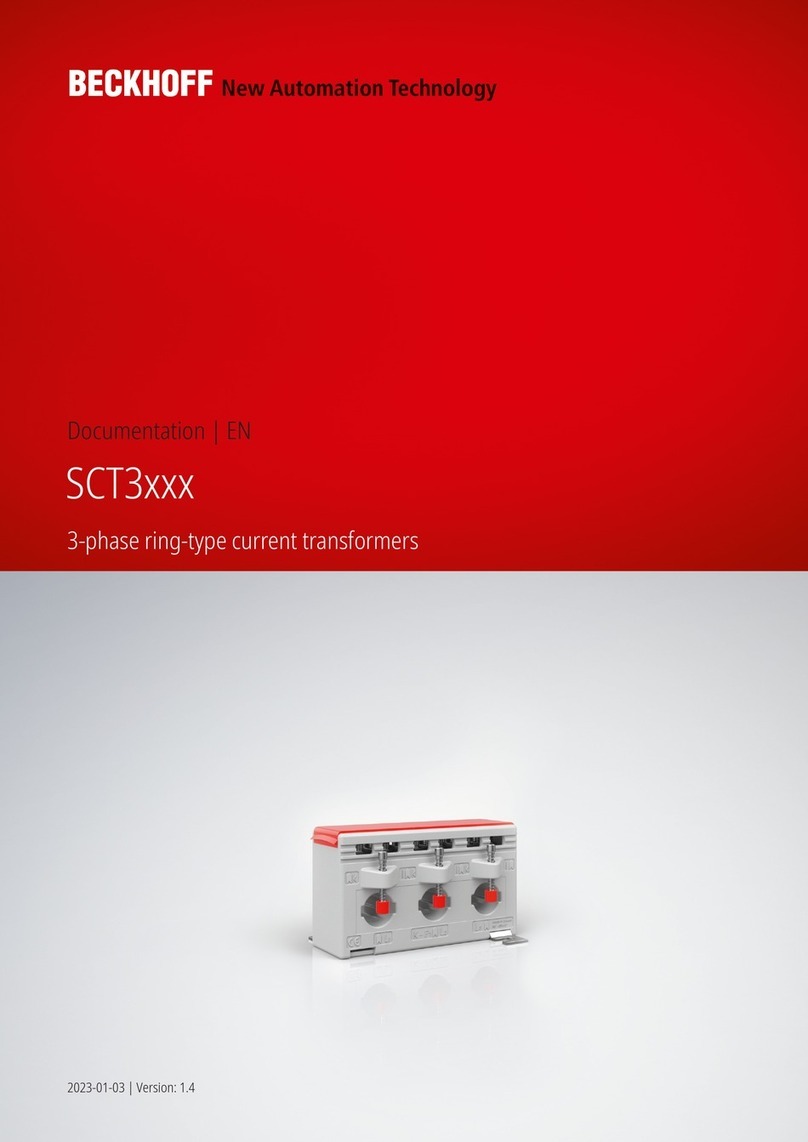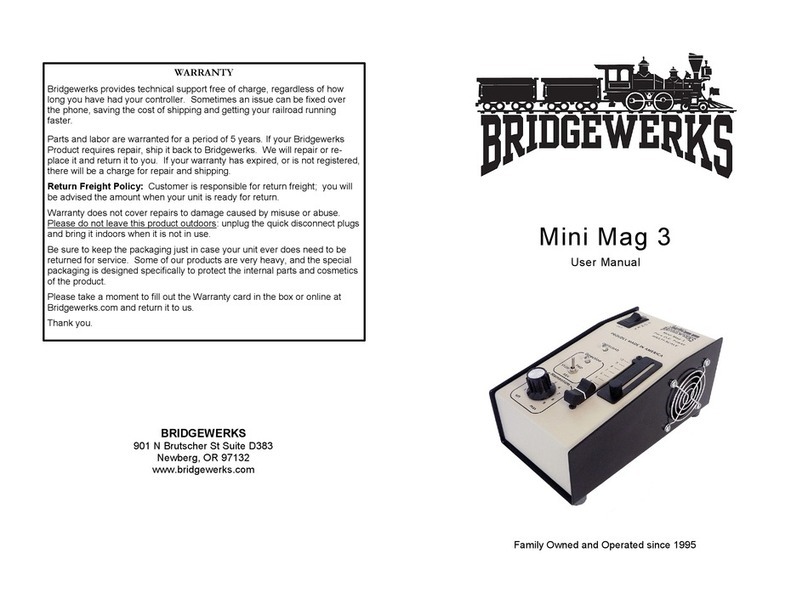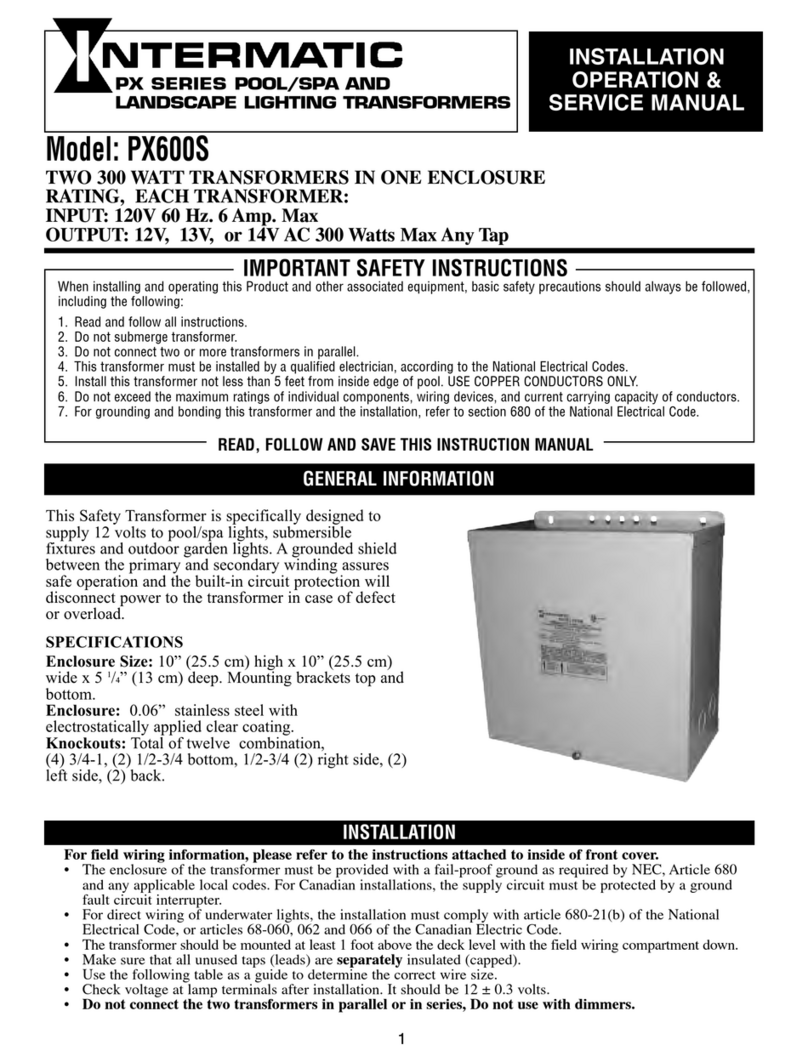Hold the plug when removing the AC adaptor from the outlet.
Pulling on the AC adaptor cable will damage the cable. This may be a cause
of an electric shock, fire, or failure.
Do not expose to rapidly-changing temperature, mechanical
stress, or impact.
The main unit, sensor, BNC cable and AC adaptor will be damaged if exposed
to these. This will be a cause of a failure.
Do not use or store this instrument in a location with direct
sunlight, high temperature, high humidity, or dew condensation.
Operation or storage outside the ratings could result in deformation,
deteriorated insulation, or a failure due to heat. The ranges of operating and
storage temperature and humidity are as follows:
•Operating temperature: 0 to +40C (coil part: −10 to +70C), no dew condensation
•Operating humidity: below the moisture amount of 80%RH
•Operating altitude: 2000 m or less (at 25C or less)
•Storage temperature: −10 to +60C, no dew condensation
•Storage humidity: below the moisture amount of 80%RH
Do not place this instrument in a location with excessive humidity
or dust.
If not, an electric shock, fire, or failure may occur.
Do not put this instrument in a place exposed to lamp soot or
steam generated by counters, humidifiers, etc.
If not, an electric shock, fire, or failure may occur.
When adjusting the DC offset voltage (zero point), use theincluded
accessory Adjustment Screwdriver, align the tip of the screwdriver
with the adjustment slot, and turn it without applying excessive
pressure. The required rotation torque is less than 20 mN・m.
If using a screwdriver other than the accessories or applying excessive
pressure to ZERO ADJ of the main unit while you don’t align the included
accessoryAdjustment Screwdriver with the adjustment slot, you may damage
the main unit or the tip of the screwdriver.
For your safety, when this instrument is not used for a long time,
turn the POWER switch to the O side to turn off the power to this
instrument, and then remove the batteries from this instrument
(remove the AC adaptor from the outlet when used).
Keep the AC adaptor (option) away from heaters.
Failure to do so will melt the sheath of the adaptor cord. This may be a
cause of an electrical shock or fire.

